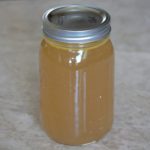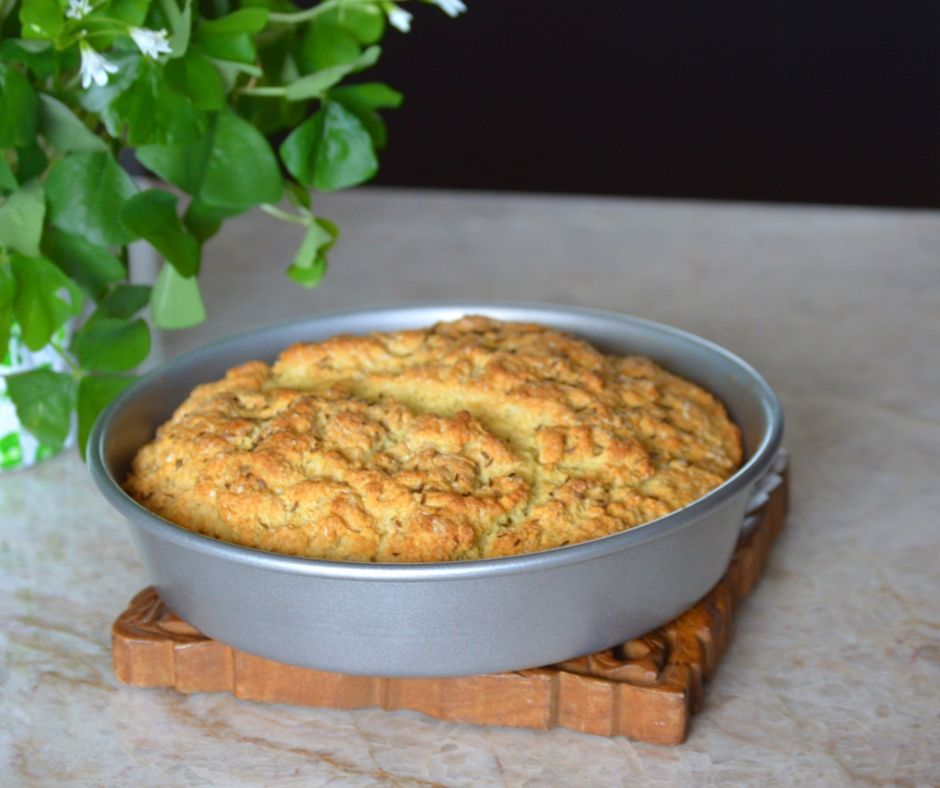
It’s my humble belief that every home cook should know how to make their own chicken stock. Sure you can get away with store-bought stock for tasks like adding flavor to grains, or for building depth in a sauce. But when it comes to soups, especially brothy soups, you will never get the same quality and taste as good homemade chicken stock, period. That’s why today I am going to do my best to cover all of the basics of making great homemade chicken stock. So if you’re ready, then let’s talk chicken stock.
First I would like to say that making chicken stock is not only a fairly simple process, but it is also reasonably cheap to produce due to the fact that it can mostly be made out of kitchen scraps. In general, it requires four main ingredients, chicken bones, vegetables, aromatics, and water, so first let’s talk about the chicken bones. While technically you can use any chicken bones, I find it best if you use the bones from a whole chicken that has been cooked, which is why I always save any bones from a roasted chicken.  This is also great if you plan on making a soup that requires chicken meat in it, (i.e. chicken noodle soup), as you can cook a chicken, save the meat for the soup and use the bones to make the stock.
This is also great if you plan on making a soup that requires chicken meat in it, (i.e. chicken noodle soup), as you can cook a chicken, save the meat for the soup and use the bones to make the stock.
Secondly, you will need vegetables, or to be more specific, onion, celery, and carrots. And just like with the chicken bones, we can be economical in our choices here. You see, while you can use whole fresh vegetables, they aren’t really needed. Instead, I prefer to use the tops and bottoms of the onions, celery, and carrots, which is why every time I cut up an onion, celery, or carrot for any recipe, I save the scraps and freeze them in a bag. Doing this not only helps us to be less wasteful in the kitchen, but it also ensures that we don’t have to spend any additional money to make something great, and who doesn’t love that?
The last two components we need for making chicken stock are the aromatics, and of course, the water. Now there’s not really anything for me to say about the water, it’s just water, but as far as the aromatics, you have some room for customization. In general, I like to use garlic, black pepper, bay leaves, and thyme as the base aromatics for my chicken stock. However, you are free to use any type of herbs or spices for your aromatics, it really just depends on what type of flavor profile you are looking for in your stock. Don’t worry if this aspect sounds a little confusing at first, just stick with my list of aromatics, and then play around with them as you get more comfortable. Ok, I think that’s about it, so let’s jump into the recipe!
Homemade Chicken Stock Recipe
Prep time: 10 minutes
Cook time: 3 to 5 hours
Servings: Varies depending on the size of the chicken bones, and your pot
Ingredients
The leftover bones of a whole roasted chicken
The heart of one celery (roughly chopped)
1 Whole yellow onion (quartered)
2 to 3 Medium Carrots (roughly chopped)
Water
Aromatics:
3 Cloves of garlic (smashed)
20 Whole black peppercorns
2 Bay leaves
1 Handful of fresh sprigs of thyme
Instructions
- Get out a large stockpot and place all of the ingredients, including the aromatics in it. Then simply add enough water to the pot so that it slightly covers everything
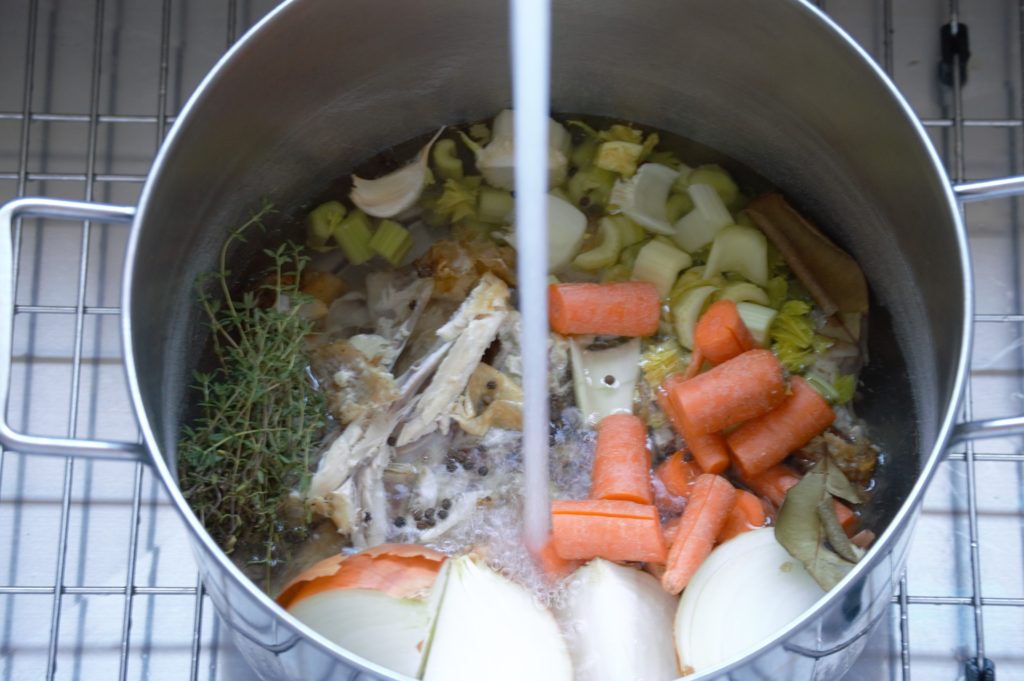
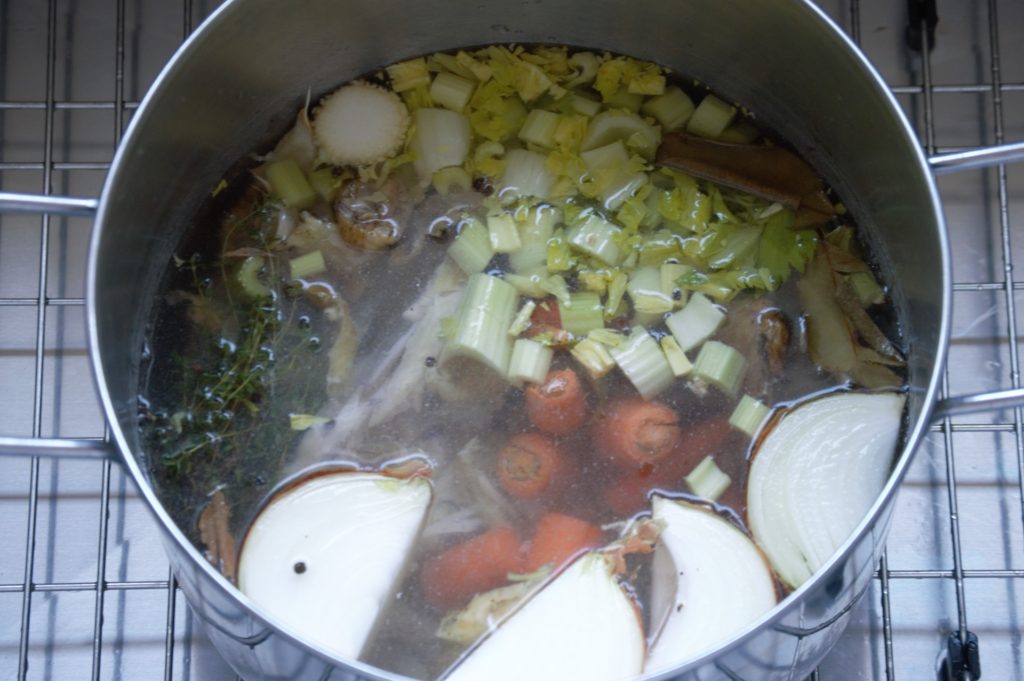
- Simmer everything: Place the pot over high heat on your stove until it comes to a boil. Then turn the heat down and let everything cook at a simmer for at least 3 hours, but no longer than 6.
- Skim the scum: After about 10 to 20 minutes of the stock simmering, you will notice a number of tiny clumped bubbles forming on the surface. These are filled with impurities that can leave the finished stock sort of scummy, that is why you will need to take a spoon and scoop out as much of it as you can.
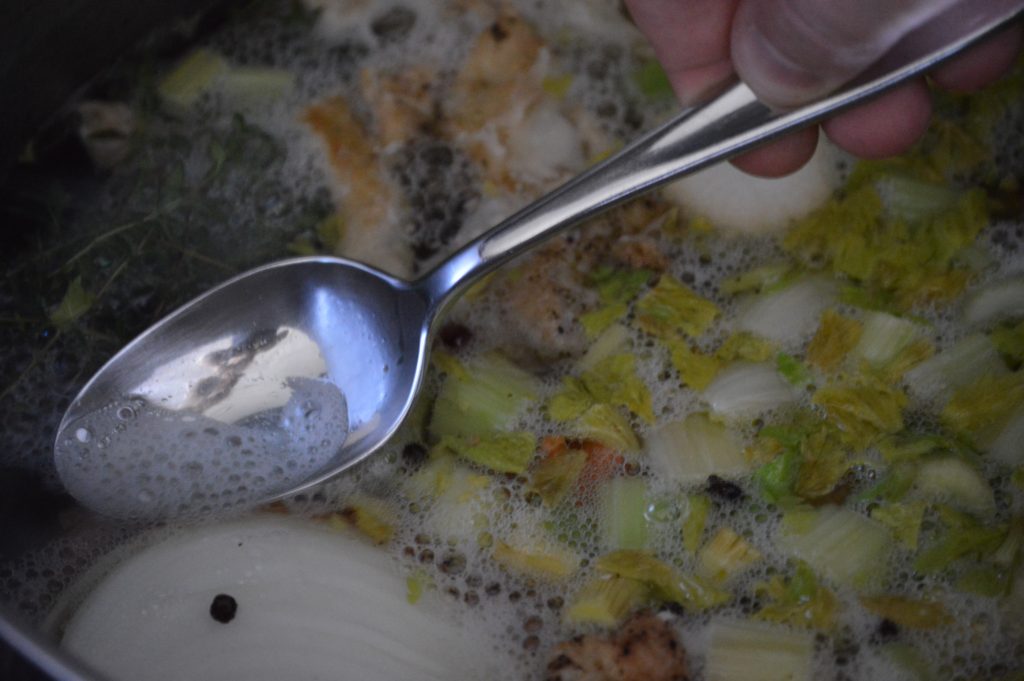
- Strain: After everything has simmered for 3 to 6 hours, take the stockpot off of the heat and let it cool for about 10 minutes.
 Then get out a slotted spoon and scoop out most of the solid ingredients from the stockpot, discarding them in the trash. Next, get out another large pot and put a strainer filled with a cheesecloth over it.
Then get out a slotted spoon and scoop out most of the solid ingredients from the stockpot, discarding them in the trash. Next, get out another large pot and put a strainer filled with a cheesecloth over it.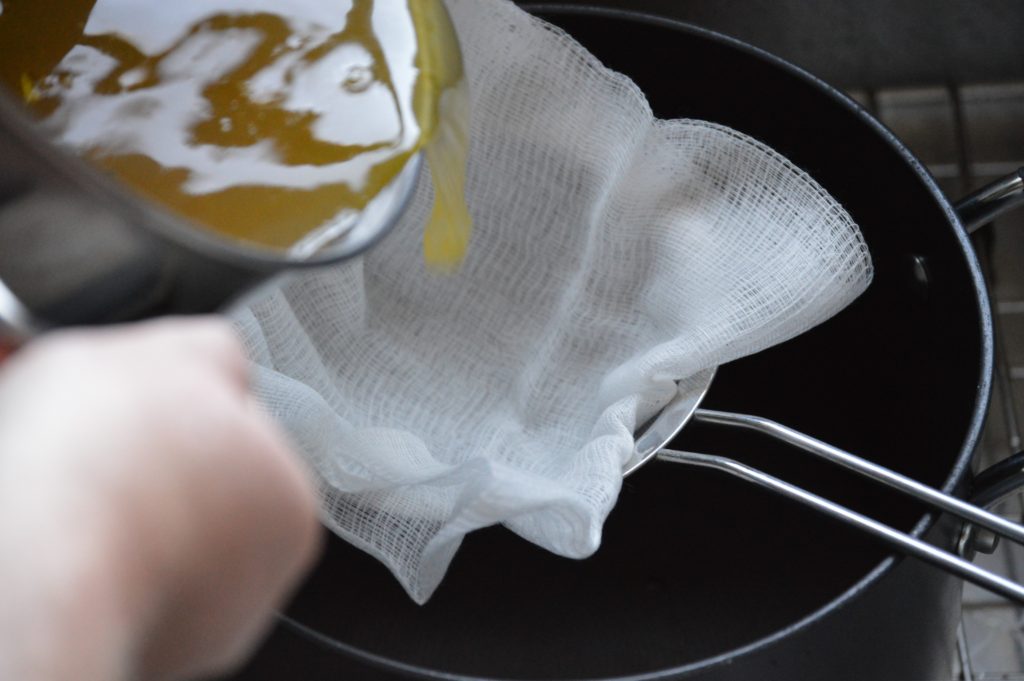 Finally, pour the stock through this strainer into the other pot, and let it sit in your fridge overnight.
Finally, pour the stock through this strainer into the other pot, and let it sit in your fridge overnight.
- (Optional) Remove the fat: After the stock has been allowed to sit in a fridge overnight, it’s excess fat will have solidified and gathered on top of the stock.
 Removing the fat will produce a cleaner, and smoother stock, whereas leaving it in will give you a stock that is richer. Either way, this step is entirely up to you and your personal preferences.
Removing the fat will produce a cleaner, and smoother stock, whereas leaving it in will give you a stock that is richer. Either way, this step is entirely up to you and your personal preferences.
- Store & Use
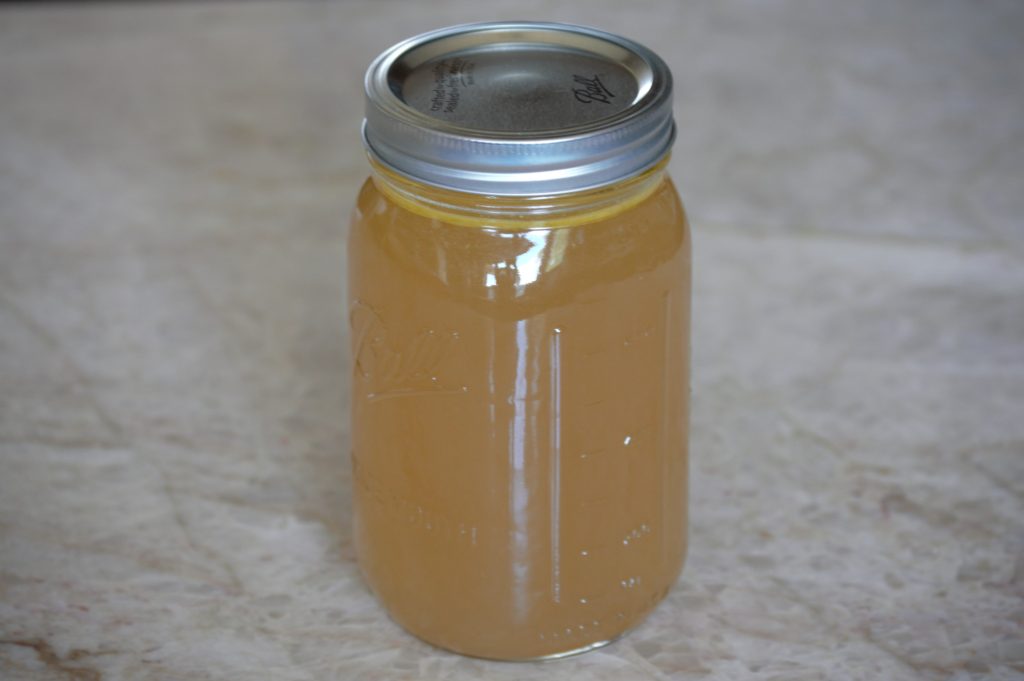
Homemade Chicken Stock Recipe
Ingredients
- The leftover bones of a whole roasted chicken
- The heart of one celery roughly chopped
- 1 Whole yellow onion quartered
- 2 to 3 Medium Carrots roughly chopped
- Water
Aromatics:
- 3 Cloves of garlic smashed
- 20 Whole black peppercorns
- 2 Bay leaves
- 1 Handful of fresh sprigs of thyme
Instructions
- Get out a large stock pot and place all of the ingredients, including the aromatics in it. Then simply add enough water to the pot so that it slightly covers everything
- Simmer everything: Place the pot over a high heat on your stove until it comes to a boil. Then turn the heat down and let everything cook at a simmer for at least 3 hours, but no longer than 6.
- Skim the scum: After about 10 to 20 minutes of the stock simmering, you will notice a number of tiny clumped bubbles forming on the surface. These are filled with impurities that can leave the finished stock sort of scummy, that is why you will need to take a spoon and scoop out as much of it as you can.
- Strain: After everything has simmered for 3 to 6 hours, take the stockpot off of the heat and let it cool for about 10 minutes. Then get out a slotted spoon and scoop out most of the solid ingredients from the stockpot, discarding them in the trash. Next, get out another large pot and put a strainer filled with a cheesecloth over it. Finally, pour the stock through this strainer into the other pot, and let it sit in your fridge overnight.
- (Optional) Remove the fat: After the stock has been allowed to sit in a fridge overnight, it’s excess fat will have solidified and gathered on top of the stock. Removing the fat will produce a cleaner, and smoother stock, whereas leaving it in will give you a stock that is richer. Either way this step is entirely up to you and your personal preferences.
Try using this chicken stock in our Chicken Tortilla Soup recipe
Inspiration from other blogs
From Alton Brown at The Food Network
From Elizabeth Rider

